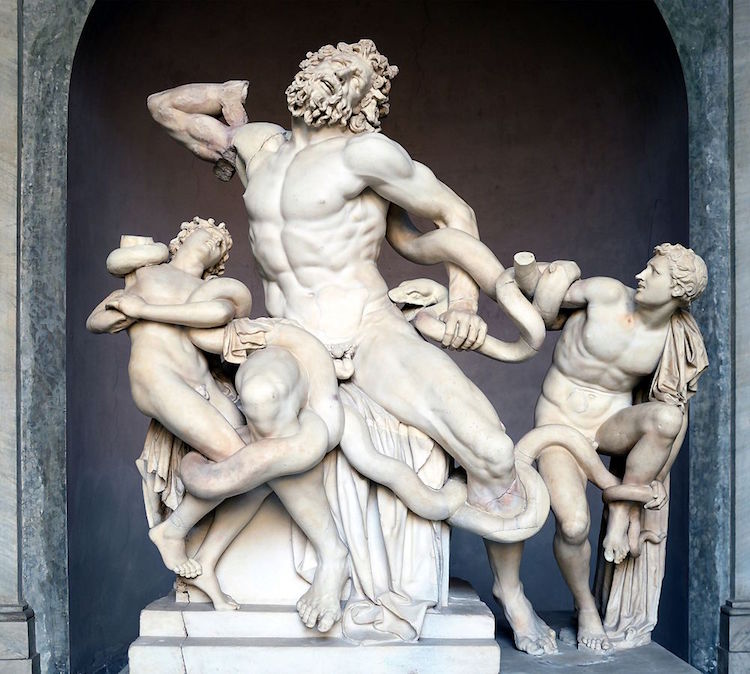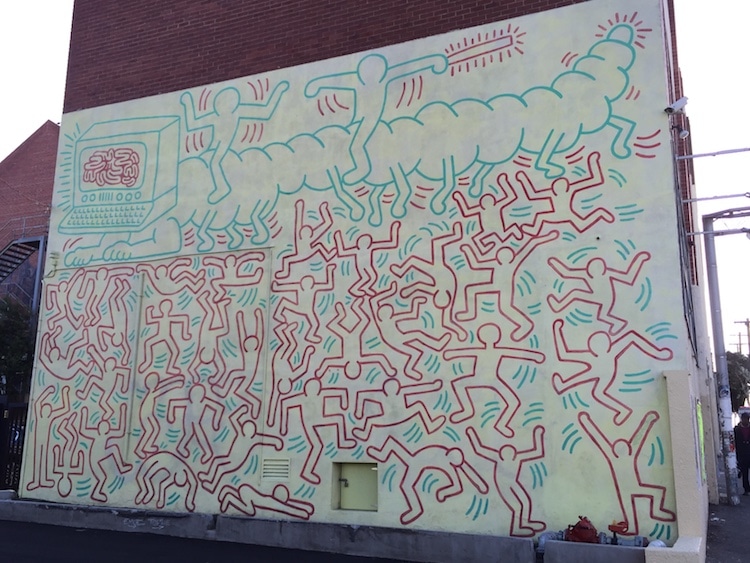
It's often thought that an artist's stroke is the purest way to perceive their abilities. As a line winds across a paper or canvas, this continuous band can emit powerful emotions. Thus, it's no surprise that line art, or line drawing, is one of the most basic elements of visual art.
In fact, as one of the seven visual elements of art—along with form, shape, color, value, texture, and space—the line is a hallmark of the arts. But what is line art? First, it's important to note that a line doesn't simply move from point A to point B. At its core, line drawing consists of distinct lines against a primarily solid background. In art, a line can be two-dimensional or three-dimensional, abstract, descriptive, or implied.
Line art is often black and white, but not always. Elements like shading and color gradients are absent, allowing the focus to rest firmly on the lines themselves. Line drawings can be sketches, but they can also be finished artworks unto themselves. The line is so fundamental to the arts, that a common exercise for art students is to draw a form using one single line, never letting the drawing utensil leave the page.
It's important to remember that line art isn't only about painting and drawing. Lines can be visually formed in many ways. For instance, sculptors bending materials into different shapes or photographers creating implied lines via the angle of their camera.
Now that we know a bit about the theory, let's dive into line art through history, beginning with famous line drawings in art history.
Throughout art history, artists have created influential art using the line as a principle means of visual expression.

Copy sculpture of “Laocoön and His Sons,” c. 200 BCE (Photo: Wikimedia Commons [CC BY-SA 4.0])

Leonardo da Vinci, “Study for the head of Leda,” c.1506 (Photo: Wikimedia Commons [Public Domain])

Albrecht Dürer, “Melencolia I,” 1514 (Photo: Wikimedia Commons [Public Domain])

Henri Matisse, “The Dance,” 1909 (Photo: Wikimedia Commons [PD-US])

Pablo Picasso, “Portrait of Igor Stravinsky,” 1920 (Photo: WikiArt [Public Domain])

Jackson Pollock’s “Number 31” in the Museum of Modern Art (Photo: Stock Photos from dmitro2009/Shutterstock)
The king of abstract expressionism, Jackson Pollock‘s work is entirely based on the dripping lines of liquid paint that move dynamically across his paintings. His most famous works were created during his “drip period” from 1947 to 1950 when he turned the contemporary art world on its ear with this innovative technique.

Bridget Riley, “Bolt of Color,” 2017-19 (Photo: Wikimedia Commons [CC BY-SA 4.0])

Keith Haring, Mural in Collingwood, Australia, 1984 (Photo: Wikimedia Commons [CC BY-SA 4.0])
Today, lines are as important as ever in contemporary art. From sculpture to painting, the tradition of line art continues through the work of cutting-edge artists.
View this post on Instagram
View this post on Instagram
View this post on Instagram
Want to learn how to do a continuous line drawing? Check out this excellent art tutorial.
Related Articles:
15 of the Greatest Painters of All Time Whose Influences Live On Today
6 Surprising Facts About Pop Artist Roy Lichtenstein
How Henri Matisse Revolutionized Traditional Art and His Influence on Modern Art






















































































